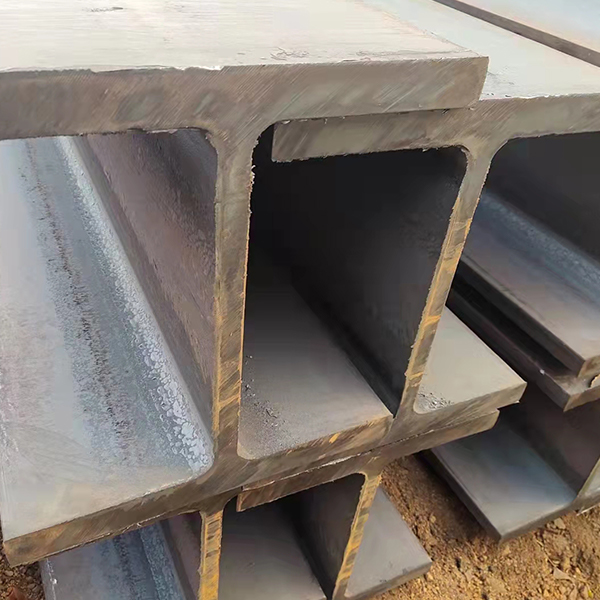
Span tables serve as indispensable tools for architects and engineers when incorporating steel I beams into construction designs. These comprehensive reference charts provide critical load-bearing data for various beam sizes under different support conditions, enabling professionals to select optimal structural members efficiently. Modern span tables incorporate decades of engineering experience with advanced material science to ensure both safety and cost-effectiveness in structural design.
The development of accurate span tables begins with rigorous testing of I beam performance characteristics. Engineers evaluate multiple parameters including moment capacity, deflection limits, and shear resistance across standardized loading scenarios. Current tables typically organize data by beam designation (such as W8x31 or S12x50), listing maximum allowable spans for uniform loads at specific intervals. Some advanced versions include adjustment factors for atypical loading conditions or specialized support configurations that deviate from simple end-bearing scenarios.
Material advancements have necessitated continuous updates to traditional span tables. The introduction of high-strength steel grades with yield strengths up to 500 MPa has expanded the usable span ranges for given beam sizes. Modern tables often include separate sections for different steel grades, allowing designers to compare performance across material options. Recent editions incorporate seismic performance data, particularly important for structures in active fault zones where dynamic loading affects span limitations.
Practical application of span tables requires understanding their underlying assumptions. Most assume simply supported beams with uniformly distributed loads - conditions that approximate many real-world applications but may require modification for cantilevered sections or concentrated loads. Experienced designers cross-reference multiple tables when dealing with composite construction or continuous multi-span arrangements where load redistribution occurs. Some firms have developed proprietary digital span calculators that incorporate local building code requirements and material availability data.
The transition to digital span references has improved accessibility and functionality. Interactive online tables allow filtering by specific parameters and instantly comparing multiple beam options. Advanced versions integrate with building information modeling (BIM) systems, automatically suggesting appropriate beam sizes based on architectural inputs. These digital tools maintain the precision of traditional span tables while adding visualization capabilities that help non-technical stakeholders understand structural decisions.



